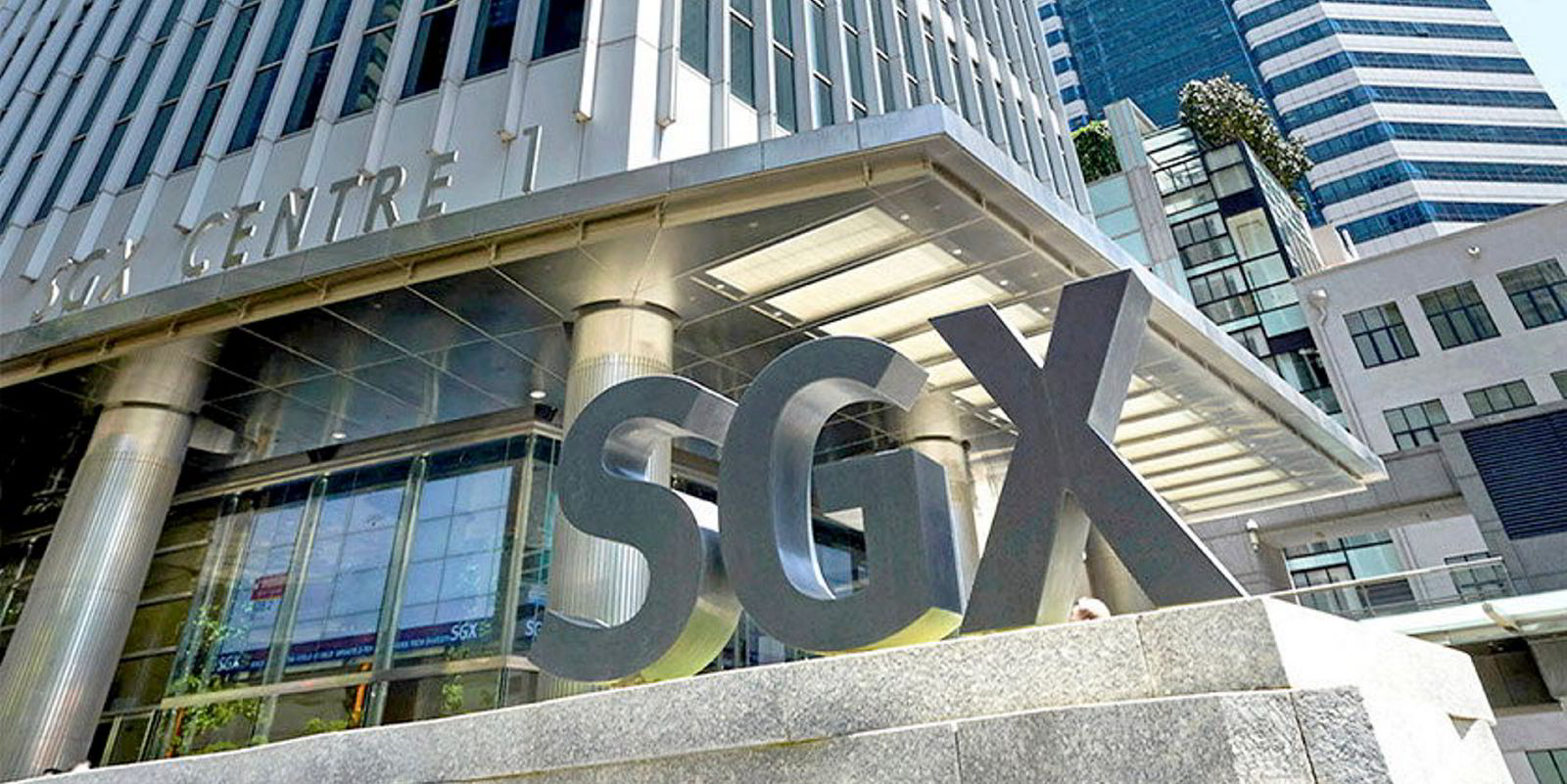Container futures have reached a watershed moment following a surge of trading on a Chinese exchange.
Peter Stallion, head of air and containers at Freight Investor Services, said the launch of a container futures contract by Shanghai International Energy Exchange has led to a rush of trading volumes from retail traders.
He added that the appeal of the containerised freight futures contract to retail traders in China has been immediate.
Launched last week, the containerised freight index futures contract has traded daily lots of up to 400,000 per day.
Previous attempts to trade container futures barely reached a couple of hundred lots.
The trading volume of the Shanghai Containerized Freight Index (Europe Service) Futures Contract (SCFIS) remained high on 8 September at 257,209 lots.
That follows a tumultuous first day of trading three weeks earlier when the contract breached its “limit up”, or the maximum amount it is permitted to increase during one trading day.
On 18 August, the main contract EC2404 (April 2024) rose by 17.5% to 916 points — compared with 816 today — and turned in around $500m in nominal trading volume.
Watershed moment
Stallion suggests that the interest in container futures is probably due to timing and what has happened in the sector in the past three years.
“Generally with the futures you don’t get a rush of interest in the first day — it’s more you build from something small because people are wary of jumping into an illiquid market,” he said. “And then go from there.
“But in this case, it’s been immediately very positive and then it’s sustained its volumes.”
That has raised the prospect of a watershed moment for container futures that have struggled for two decades to gain much traction.
Stallion sees the effect of the Shanghai INE futures contract as “potentially explosive”.
The contract was initially launched for the Asia-Europe trade but is likely to be opened to the Asia to US coast trade.
However, there are still hurdles to overcome.
Arbitrage
The SCFIS is a RMB-denominated, cash-settled contract that remains difficult for overseas players to access.
But Stallion expects it to generate additional business through arbitrage opportunities with Singapore-based SGX and Chicago-based CME exchanges.

“One exchange can borrow the other exchange volumes and transfer them into a different contract.”
Stallion compares the Chinese container futures development to the launch of iron ore futures at the Dalian Commodities Exchange and SGX.
“Iron ore (futures) only took off when Dalian launched in 2013/2014 — after that volumes kept on growing because of the arbitrage between the two,” he said.
SCFIS (Europe) futures (EC) claims to be China’s first shipping-index-based futures.
The underlying index is issued by Shanghai Shipping Exchange and the futures are listed on the Shanghai International Energy Exchange.
The goal is to provide a risk management tool for the container shipping market to avoid the fluctuation of freight rates.






